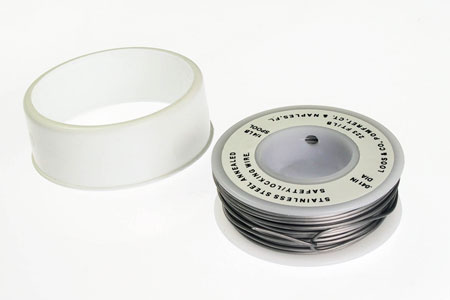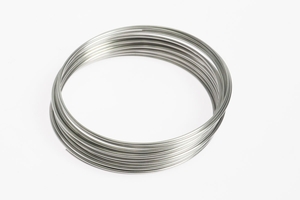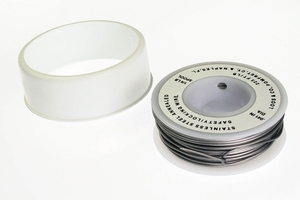You may have noticed when sailing to weather or reaching that the leeward shrouds go slack. This is a normal situation for sailboats constructed with solid fiberglass hulls. Without coring material, there is a slight amount of flex in the hull when it is stressed, which is what causes the leeward shrouds to slacken slightly. Unless precautions are taken, it is possible for the upper shrouds to disengage from the tips of the spreaders, which is akin to not having upper shrouds at all! Obviously, this could result in the loss of the rig.
This normal characteristic does require that an additional step be taken on certain boats to prevent the upper shroud from disengaging from the tip of the spreader.
| 
| Notice in the drawing at left how safety wire is run through the vertical holes near the outboard end of the spreader tip, and three wraps are taken around the shroud (both above and below the spreader) before the ends are twisted together. I recommend starting with about a three foot length of wire to make it easy to handle. The twisted ends are trimmed and then folded outboard to tuck them in before being covered by spreader boots. Note that in the drawing at left, the wire is shown loosely wrapped just for the purpose of clarity. The wire should be tightly wrapped to do its job. It is normal for the shroud to be able to slide up and down, the purpose is to keep the shroud from pulling out and away from the spreader. This is an example of how to lash the upper shroud to the spreader on a C-25 or a C-27/early C-28. The C-22 is done slightly differently due to the location and orientation of the holes in the spreader, but the application is similar. You must use spreader boots to cover this work to prevent the wire from catching on the sail and tearing it. |






